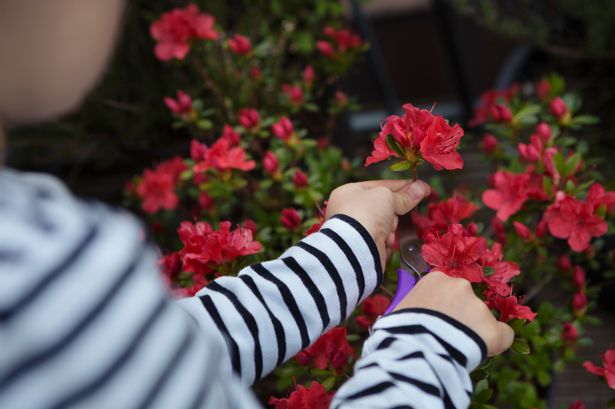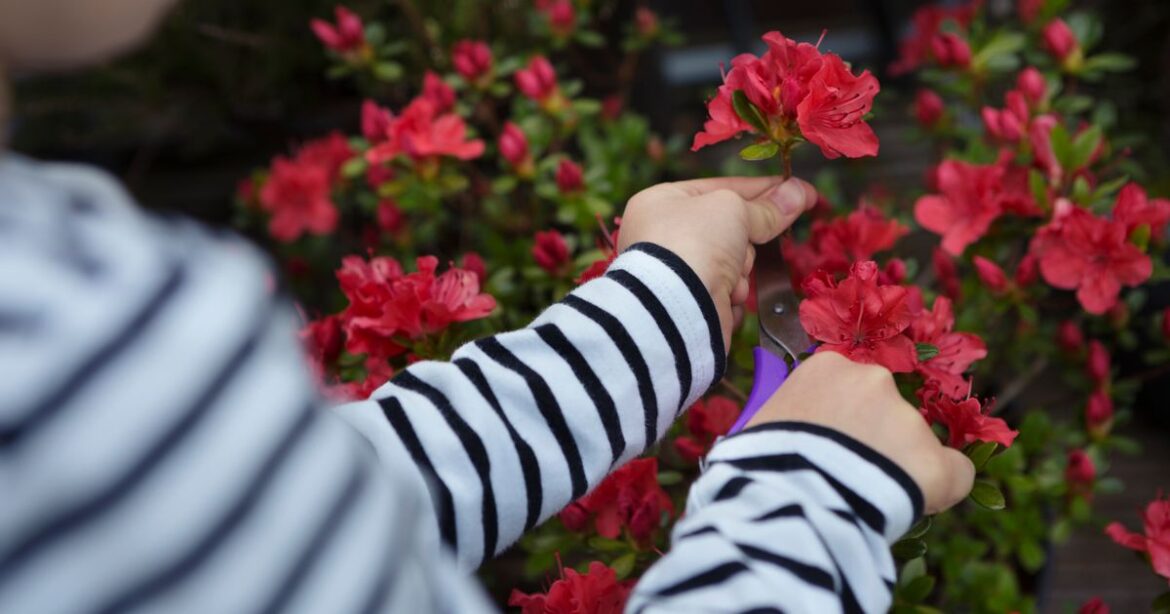As the end of the year approaches, it’s important to know which plants need pruning and which should be left to grow Gardeners have been warned not to cut azaleas
Gardeners have been warned not to cut azaleas
As December draws near, venturing into the garden can feel increasingly unappealing. Yet there remains no shortage of jobs to complete – from clearing fallen leaves to trimming back faded perennials.
The welcome news for gardeners wanting to minimise their workload as winter approaches is that certain plants are better left untouched for the time being.
Horticulture expert Simon from the Walking Talking Gardeners YouTube channel has compiled a list of eight plants that should absolutely not be pruned this month.
He explains: “For many gardeners, November is the month when they do their final tidy-up of the garden – putting it to bed for winter. For most, it’s the last bit of work they’ll do outside before the cold really sets in.
“And that’s not because there won’t be anything to do – there’ll still be plenty of jobs to tackle as the winter months go on.”
Azaleas
Simon highlights that azaleas are frequently grouped within the rhododendron category, and his guidance on avoiding pruning azaleas extends to rhododendrons as well.
“The thing with both these plants,” he explains, “is that they take an entire season to produce their flower buds. As soon as they finish flowering in the spring, new growth comes through, and those new, very tiny buds begin to appear in the terminal rosette at the end of the stem.”
These buds are so minuscule they can easily go unnoticed, he notes, making it far too simple to accidentally remove these valuable buds. “I can understand people making that mistake with azaleas,” he says.
“They think the plants look a bit messy and give them a cut – and then there’ll be no flowers in the spring.”
 Simon says you should be careful about pruning at this time of year(Image: YouTube/WalkingTalkingGardeners)Camellias, rhododendrons, magnolias and lilacs
Simon says you should be careful about pruning at this time of year(Image: YouTube/WalkingTalkingGardeners)Camellias, rhododendrons, magnolias and lilacs
In contrast, camellias possess quite large, noticeable buds, yet some gardeners remain tempted to prune them during this period. They can appear rather untidy, Simon observes.
“You have a lot of extending growth looking messy at this time of year, and I can understand why people would cut these – and I do see them cutting them, even though quite obviously you’ve got massive flower buds all waiting to come out in the spring,” he explains.
“Don’t cut them. Please don’t.”
Alongside rhododendrons, azaleas and camellias, Simon urges gardeners to avoid the urge to trim magnolias and lilacs for the same reason.
Forsythia, ribes and philadelphus
These robust deciduous shrubs, frequently cultivated for their pollen-rich blooms, are favoured selections in British gardens. However, all three tend to be pruned too early.
Philadelphus, particularly, is vulnerable, Simon says.
The tall, arching shrub, which yields white, richly fragrant flowers in early summer, can frequently appear like “an absolute state” during this period, he acknowledges.
“You’ve really got to steel your resolve to not go out and prune it back into a tidy shape,” he adds.
Should you do so, he explains, you risk removing the growth the plant depends upon as a foundation for next year’s blooms. Finally, Simon points out there are numerous alternative tasks gardeners should prioritise over pruning at this time of year: “November is the time you plant your tulip bulbs. November is the time you sow your hardy annual flowering plants and your sweet peas.
“It’s also the time you start sowing your broad beans… hardy peas. There’s a long list of seeds that you should be sowing.”


Comments are closed.